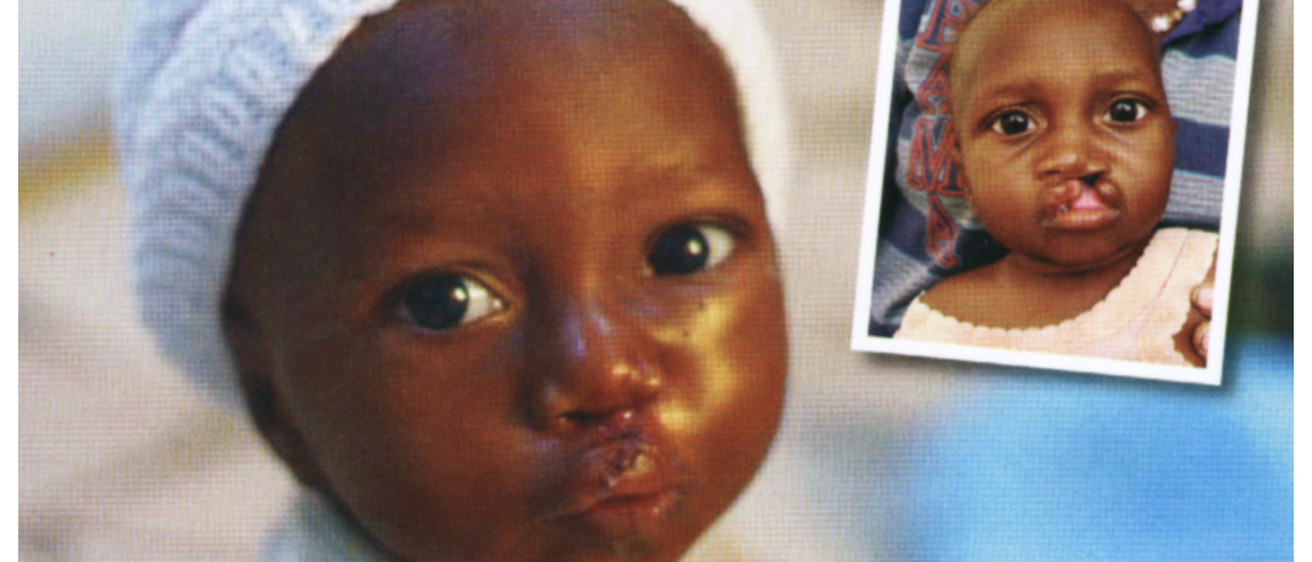About
CRANIOFACIAL ANOMALIES RESEARCH CENTER (CARC)
The University of Iowa
Carver College of Medicine
The University of Iowa Craniofacial Anomalies Research Center (CARC), which has functioned since 1990 has made many important contributions to the genetic underpinnings of craniofacial anomalies. Dr. Jeffrey C. Murray, MD (past director of the Center), built a world-renowned research center focusing on the identification of genes and treatments of human cleft palate and cleft lip and palate disorders. The human genetics team based at this Center is harnessing the latest technology to make discoveries in human genetics. These discoveries have yielded qualitative and quantitative advances in understanding the etiology of orofacial clefting (OFC).
Orofacial malformations are the most common form of human structural birth defects, and their treatment represents a significant burden for US public health care. Such malformations affect the craniofacial complex, and the overwhelming majority involves structural disruption of the upper lip and/or palate. Orofacial clefts (OFCs) of the lip (CL) and/or palate (CP) are often accompanied by additional structural birth defects, and can result from growth defects in the mandible (micrognathia) and maxilla (retrognathia), and from developmental abnormalities of the tongue. The majority (approximately 70%) of cases of OFC are isolated (unassociated with other structural abnormalities other than dental abnormalities) and these are termed isolated or non-syndromic OFC. Collectively, syndromic and non-syndromic forms of OFC affect approximately 1 in 700 live births worldwide; the prevalence varies widely across racial and ethnic groups, socioeconomic status, and exposure to environmental risk factors. Individuals with OFC may experience problems with feeding, hearing, and speech as a direct consequence of the structural defect. In addition, affected individuals can experience lifelong psychosocial effects. Although OFC is usually not life threatening, its treatment requires multiple surgeries, dental treatment, and speech therapy throughout childhood. The development of more effective methodologies to treat orofacial malformations will require an improved understanding of the molecular mechanisms that underlie these birth defects.
Aberrant craniofacial development results from environmental and/or genetic problems that disrupt craniofacial gene regulatory networks (GRNs). Normal craniofacial growth and development are guided by an extensive network of regulatory factors that control the expression of multiple structural proteins in a precisely orchestrated spatial and temporal fashion. A disease-causing mutation can disrupt the coding region of a gene that encodes a regulatory factor or a structural protein, or perhaps more frequently, alter the activity of a regulatory region of such a gene. Defining these networks will be essential for understanding the mechanisms that underlie these developmental defects. This is not a trivial task because many tissues are involved, many cellular events come into play (e.g. differentiation, migration, apoptosis), and multiple embryonic stages are relevant to normal morphogenesis of the face. Researchers have taken many approaches to understanding the causes of non-syndromic OFC. In humans, genetic studies have ranged from the testing of candidate genes (based on evidence from animal models) to genome-wide studies of genetic associations (population-based studies) and linkage (family-based studies). In animal models, candidate genes relevant to the pathogenesis of OFC have been identified by both forward and reverse genetic methods, most often in mouse but also in zebrafish. Animal models have also been used to identify the components and characterize the architecture of the GRNs that govern the timely execution of the various cellular events that must occur for the face to form normally. From the clinic, cells can be isolated from the discarded tissues of individuals undergoing surgical repair of their craniofacial defect. These samples allow for the biochemical and molecular analyses of GRNs in affected patients and provide a direct pathway to finding new technologies for treatments.
Therefore, an understanding of the genetic basis of OFC will provide a unique platform for determining the molecular mechanisms underlying these genetic defects. Our group has identified many single nucleotide polymorphisms (SNPs) in non-coding regions of the genome using GWAS. The affected genomic regions contain enhancer sequences that regulate gene expression by binding transcription factors critical to craniofacial development. Such regulatory elements are challenging to identify as they often regulate genes across substantial genomic distances. However, biochemical analyses, animal models, and detailed mapping of regulatory elements will enable us to study these novel SNPs. We recently identified SNPs that are associated with microRNAs and microRNA binding elements. Thus, as a result of the collaboration, our group has made progress in identifying the functional consequences of several SNPs.
The Center includes Clinicians and Researchers from multiple Colleges and Departments at the University of Iowa.
Carver College of Medicine, Iowa Institute of Human Genetics, and The University of Iowa Institute for Clinical and Translational Science : Departments of Anatomy and Cell Biology, Pediatrics, Otolaryngology, Psychiatry, Obstetrics and Gynecology, Physiology and Biophysics, and Pathology, Department of Internal Medicine .
College of Nursing
College of Dentistry : Departments of Oral Pathology, Radiology & Medicine, Pediatric Dentistry, Preventive & Community Dentistry, Oral & Maxillofacial Surgery, Orthodontics, Periodontics and Prosthodontics. The College of Dentistry contains the Craniofacial Clinical Research Center (CCRC: http://www.dentistry.uiowa.edu/ccrc), and the Iowa Institute for for Oral Health Research (https://dentistry.uiowa.edu/research) which, collaborate with the CARC researchers.
College of Liberal Arts & Sciences: Department of Biology, Department of Biomedical Engineering.
College of Pharmacy: Department of Pharmaceutics/Translational Therapy.
College of Public Health: Departments of Epidemiology, Occupational and Environmental Health, Health Management and Policy, Community and Behavioral Health and Biostatistics.
We are all working together to improve the lives of Iowans and people affected with birth defects world-wide and to provide new innovative treatments for Craniofacial Anomalies. Please contact the Center for additional information.
Brad A. Amendt, MS, Ph.D.
Director, Craniofacial Anomalies Research Center
If you have questions about using your SiteNow site, we're here to help.
